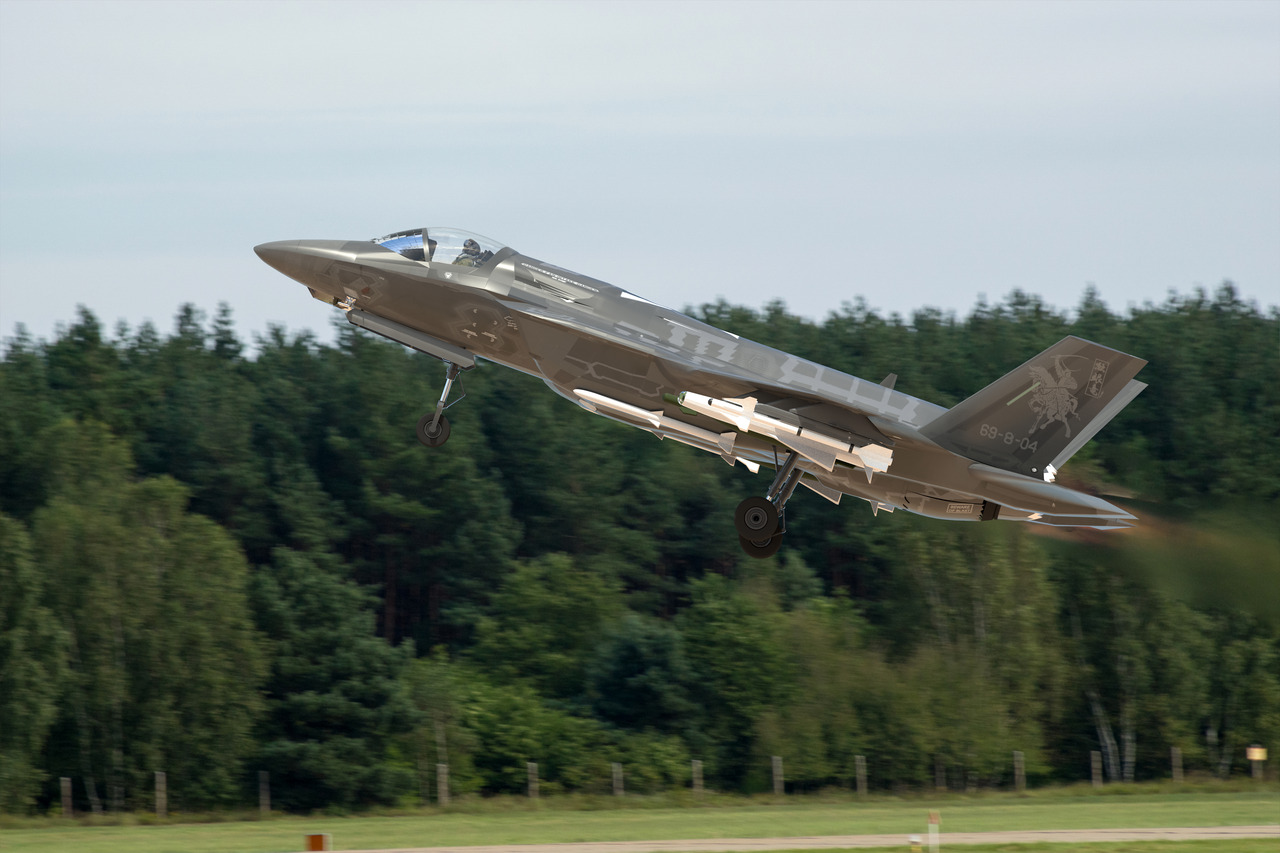Poland’s purchase of this lethal system will make the Eastern European nation a force to be reckoned with in the region.
As Russia’s invasion of Ukraine rages on, Eastern European nations are looking to bolster their defense capabilities. The Polish Ministry of Defense penned a deal earlier this week to purchase more than 200 AGM-88G Advanced Anti-Radiation Guided Missiles-Extended Range (AARGM-ER) from America. These sophisticated radar-homing missiles are able to take out adversarial radar emitters associated with air defense systems. Once these missiles are delivered, Warsaw will become the region’s first U.S. ally to secure such a critical ability. Over the summer, manufacturer Lockheed Martin rolled out its first of thirty-two F-35 Lightning II fighters that Poland purchased as part of a $4.6 billion deal confirmed back in 2020. While Warsaw’s procurement of these fifth-generation fighters occurred prior to the start of Moscow’s invasion nearby, the addition of AARGM-ERs will enhance the nation’s aerial defense strategy as regional tensions continue to mount.
According to Polish deputy prime minister and defense minister Wladyslaw Kosiniak-Kamysz, the F-35 deal is a “breakthrough purchase.” Kosiniak-Kamysz added, “Only in such a case, when we have fully equipped F-35 aircraft, with the possibility of also adapting to F-16 aircraft, are we able to effectively use all the capabilities of these most modern machines which will be used by the Polish Armed Forces.” Since February 2022, more than half of the NATO allies increased their GDP spending on defense. Poland has been the front-runner, doubling its defense allotment in 2024. Poland shares a border with Kremlin ally Belarus and the Russian enclave of Kaliningrad, making this defense prioritization paramount for its security.
Specs and capabilities
Acquiring the American-made F-35 Lightning II platform certainly coincides with Warsaw’s aims to bolster its aerial might. Arguably the most formidable fifth-generation platform to fly the skies today, the Joint Strike Fighter is coveted by most nations. Perhaps the jet’s most striking feature is its stealth. Like its F-22 Raptor predecessor, the F-35 was built to feature a minimal radar-cross section coated in absorbent materials to reduce the chance of being detected by adversarial aircraft. In terms of versatility, the F-35 is dominant in its ability to launch massive airstrikes on both air-to-air and air-to-ground targets. The fifth-generation platform is additionally highly adaptable. Each jet is capable of serving data transmission to the other, clearing the path for emerging technologies to be more easily adapted to the platform down the line.
The AARGM-ER is a game-changer
Lockheed Martin was awarded nearly $100 million by the Pentagon last year to integrate the AGM-88G High-Speed Anti-Radiation Missiles (HARMs) on all three Lightning II variants. As detailed by Naval Technology, “The missile system features full destruction of enemy air defense capability, including autonomous detection, target identification, and surface-to-air missile systems destruction. AARGM-ER employs strike aircraft for weapon delivery from the sanctuary. It features enhanced weapon survivability and is compatible with integration into the F-35 internal bay. This formidable anti-radar missile destroys enemy radar and air defense systems.” Poland’s purchase of this lethal system will make the Eastern European nation a force to be reckoned with in the region.
About the Author: Maya Carlin
Maya Carlin, National Security Writer with The National Interest, is an analyst with the Center for Security Policy and a former Anna Sobol Levy Fellow at IDC Herzliya in Israel. She has by-lines in many publications, including The National Interest, Jerusalem Post, and Times of Israel. You can follow her on Twitter: @MayaCarlin. Carlin has over 1,000 articles published over the last several years on various defense issues.
Image: Mike Mareen / Shutterstock.com
